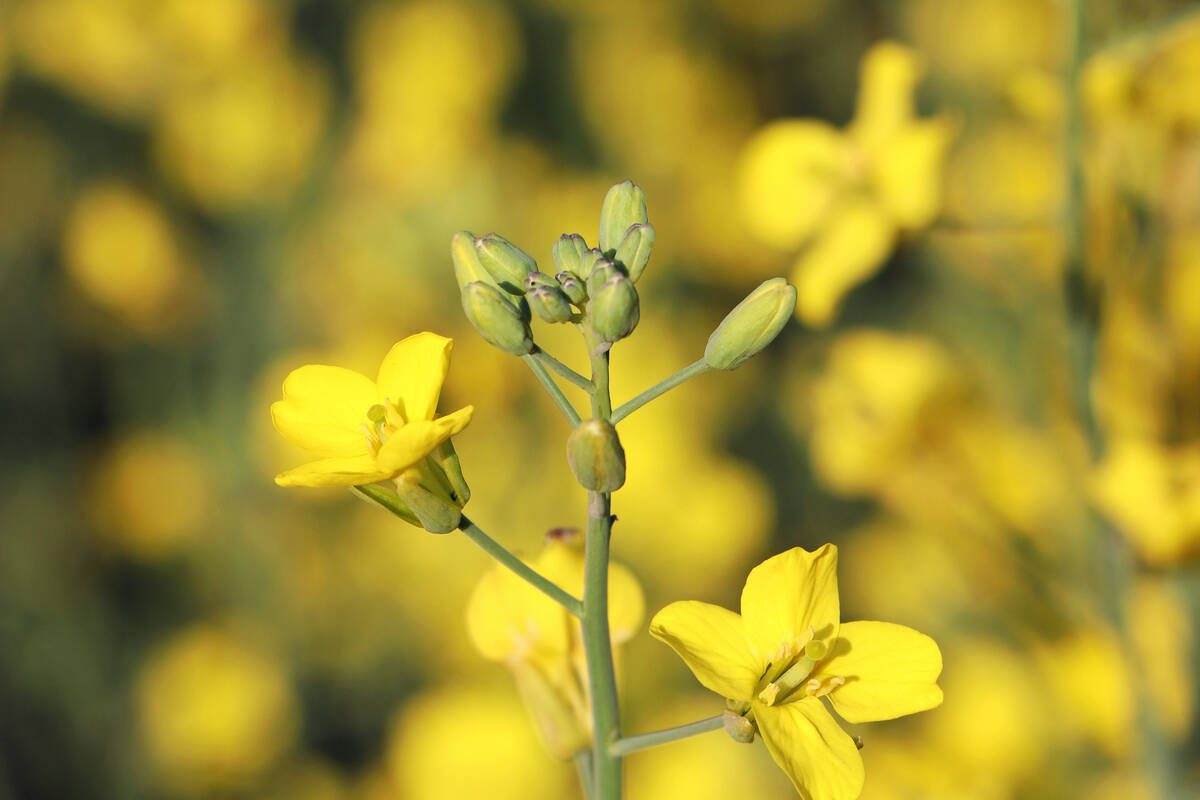Chicago | Reuters — U.S. live cattle and feeder cattle futures jumped to their highest prices since August on Wednesday as traders predicted that cash prices will also increase.
October live cattle futures closed up 1.025 cents at 100.375 cents/lb. at the Chicago Mercantile Exchange (CME). October feeder cattle advanced 1.1 cents to 138.4 cents/lb. (all figures US$).
Traders and livestock producers are expecting firmer cash prices after the cash market rose last week.
Futures and cash prices fell last month when a fire at a Tyson Foods slaughterhouse in Kansas removed a major buyer from the market. Meat packers increased slaughtering at other plants to take advantage of soaring profit margins after the fire, offsetting the shuttered plant’s effect on the market.
Read Also

China rapeseed meal futures see largest one-day gain in almost three months after Xi–Carney talks
China’s most active Zhengzhou rapeseed (canola) meal futures posted their largest daily gain in nearly three months on Monday, after Canadian Prime Minister Mark Carney and Chinese President Xi Jinping met in South Korea last week without securing a breakthrough on tariffs.
“The cash market we think got too low vs. the demand,” said Don Roose, president of Iowa-based broker U.S. Commodities. “Now we’re trying to bubble back up.”
For the week to date, packers slaughtered an estimated 351,000 cattle, compared to 348,000 cattle a week ago and 352,000 a year ago, according to the U.S. Department of Agriculture. They killed about 116,000 cattle on Wednesday, down by 1,000 from a week ago and 4,000 from a year ago.
Boxed beef cutout prices dropped by $2.16/cwt for select cuts and $1.21/cwt for choice cuts, USDA said.
In the pork market, cutout values were also lower for carcasses, loins, butts and bellies, according to USDA, as large U.S. supplies loom over the hog market.
Packers slaughtered an estimated 488,000 hogs on Wednesday, up from 487,000 a week ago and 436,000 a year ago, according to USDA.
“The cash and the cutout continue to flag lower,” Roose said.
CME October lean hog futures gained 0.825 cent to 62.925 cents/lb. December lean hog futures rose 0.125 cent to 67.8 cents/lb.
On Thursday, traders will review weekly USDA export sales data for Chinese purchases of U.S. pork.
China, the world’s largest pork consumer, has imposed retaliatory tariffs on imports of U.S. farm goods including pork because of the countries’ trade war. But China needs more meat because it is suffering a widespread outbreak of African swine fever, a fatal pig disease that has spread throughout Asia.
— Tom Polansek reports on agriculture and ag commodities for Reuters from Chicago.












